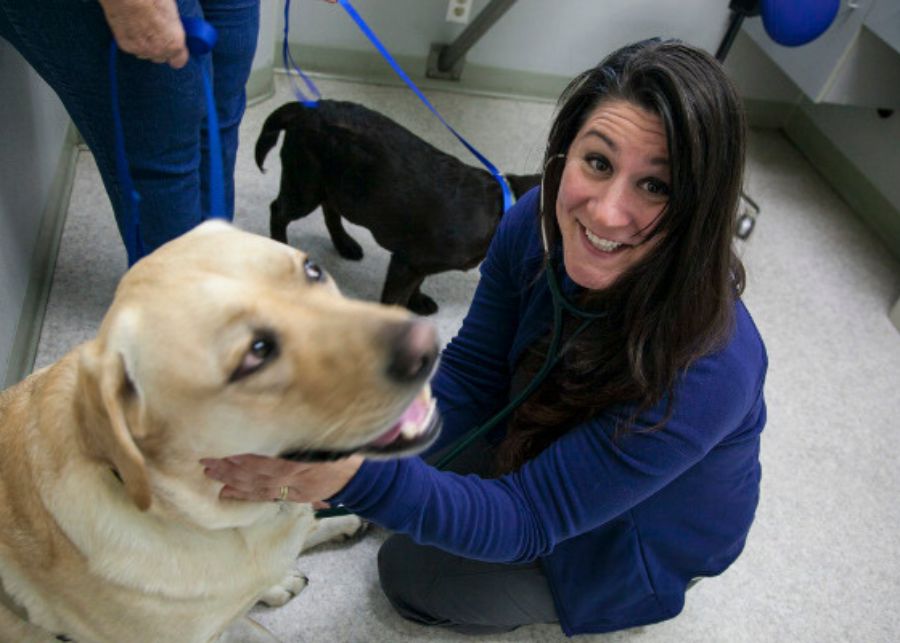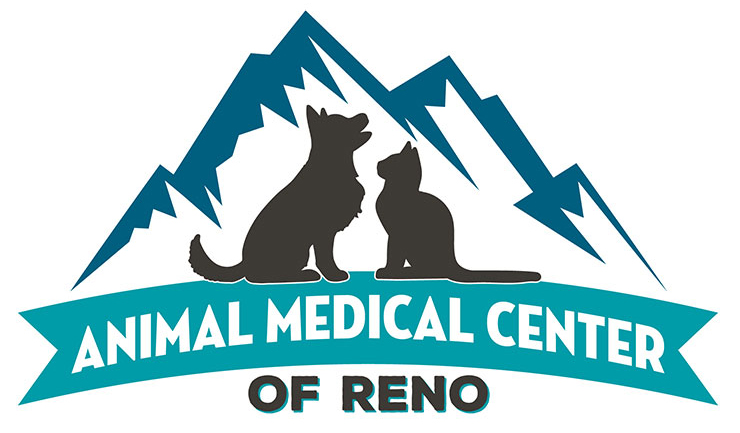Pet Anesthesia in Reno, NV
Ensure your pet’s safety during anesthesia with expert care from evaluation to recovery — your peace of mind matters.
Pet Anesthesia

Is anesthesia safe for my pet?
We do our best to evaluate each patient individually and determine if anesthesia is safe for them. By doing this, we can reduce the risks of anesthesia.
We understand that putting your pet under anesthesia may cause you to feel uneasy, but we are here to answer any questions and hopefully ease any concerns.
What happens before, during, and after anesthesia?
Before…
Before your pet is put under anesthesia, the veterinarian will perform a full physical exam. During this exam, they will pay close attention to your pet’s heart and lung sounds to ensure no abnormalities. Next, your pet will have a blood panel performed; this gives us vital information about what is going on inside their bodies, i.e., liver and kidney values. Knowing these beforehand allows us to design an anesthetic protocol for each pet, keeping safety our number one priority. On some of our senior patients, we will perform chest X-rays; this takes us one step further to ensure your pet is a good anesthetic candidate.
During…
Now that we know your pet has been determined as healthy and a good anesthetic candidate… Before any anesthetic procedure, we will ask you to fast your pet after their dinner the night before their procedure, much like in the human world. After they arrive at the hospital, your pet will be examined once again by the veterinarian performing the surgery/procedure. Our licensed veterinary technicians also examine them.
Next, your pet will be given an injection of pain medication and a sedative. This allows us to induce anesthesia in a stress-free way for your pet. They are given pain medication to help control any pain prior to the procedure; this gives us proper pain control right away.
After your pet is under anesthesia, we will connect our monitoring machines to monitor your pet’s heart rate, respiratory rate, blood oxygen saturation, temperature, and EKG. During their anesthetic procedure, a licensed veterinary technician will closely monitor your pet’s vitals to ensure they remain stable.
After…
Once the procedure is complete, your pet will be woken up in a cage with a large amount of warm bedding and a pillow for their head. They are closely monitored until they are released to you.
What is the recovery period from anesthesia? What do I need to do?
It usually takes 12-18 hours for your pet to recover from anesthesia fully. So, when you take your pet home, they may be a little unsteady on their feet. They should be kept on a leash when exiting our office and moving to your car. When you get home, it is essential to remember not to feed them a large amount of food or water right away since they have not eaten in quite some time; we will need to ease them back into it slowly; some pets may want to eat or drink a large amount right away, and this could cause some stomach upset.
Next, you will want to keep them in a warm, quiet area, ideally free from other animals or children. Your pet should return to their old self within 12-24 hours.
Safety is our number one priority when it comes to anesthesia. We pride ourselves on taking every precaution regarding your pet and anesthesia. Please don’t hesitate to call and talk with one of our staff if you have any additional questions.
